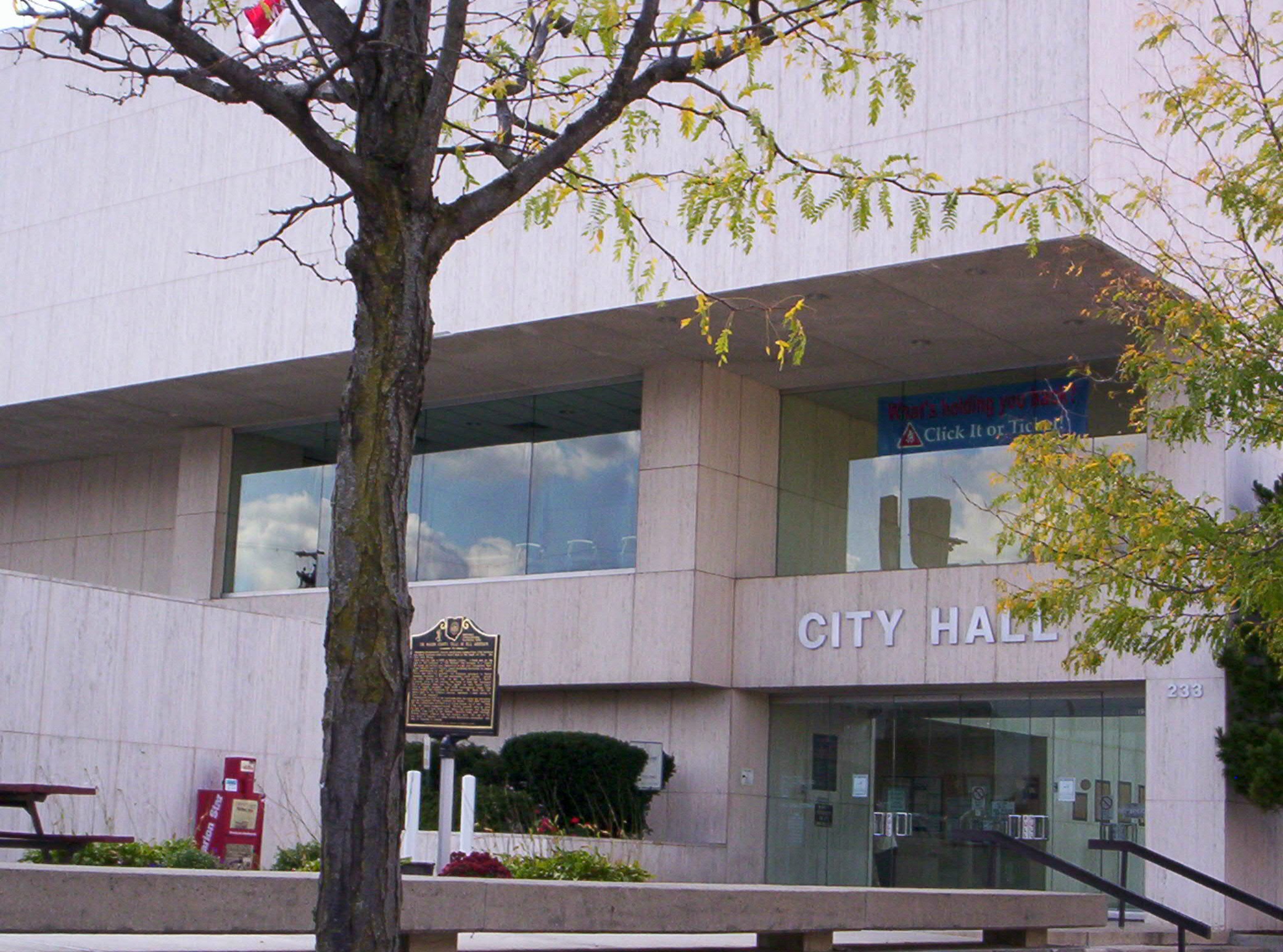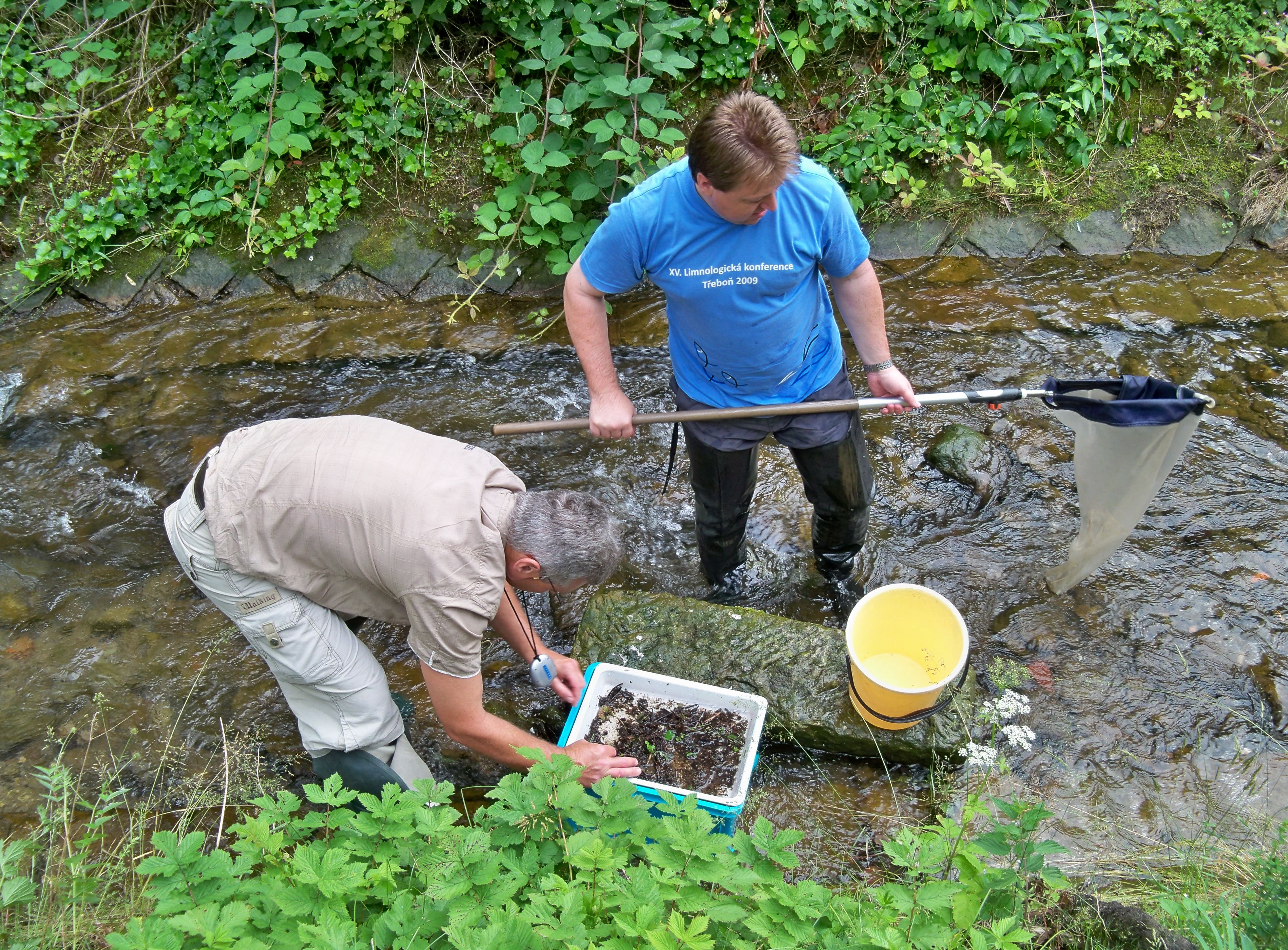|
Robert L. Rausch
Robert Lloyd Rausch (July 20, 1921 – October 6, 2012) was an American parasitologist, mammalogist, and veterinary physician. Education Rausch began his academic studies at the Ohio State University, where in 1942 he earned a bachelor's degree in zoology and entomology and in 1945 he attained the title DVM, Doctor of Veterinary Medicine. His continued studies of parasitology and wildlife management led him to complete a Master of Science at Michigan State University in 1946 and a Ph.D. at the University of Wisconsin in 1949. Professional career In 1948 Rausch took the position of senior assistant scientist at the Alaska Health Research Center (AHRC) of the United States Public Health Service (USPHS) in Anchorage in the Territory of Alaska. His job at the time was to research zoonoses in the indigenous population. As part of his research he completed extensive fieldwork in Brookskette, the North Slope region and St. Lawrence Island. He spent a lot of time with the Iñupi ... [...More Info...] [...Related Items...] OR: [Wikipedia] [Google] [Baidu] |
Marion (Ohio)
Marion is a city in and the county seat of Marion County, Ohio, Marion County, Ohio, United States. The municipality is located in north-central Ohio, approximately north of Columbus, Ohio, Columbus. The population was 35,999 at the 2020 United States Census, 2020 census, slightly down from 36,837 at the 2010 United States Census, 2010 census. It is the largest city in Marion County and the principal city of the Marion, OH Micropolitan Statistical Area. It is also part of the larger Columbus–Marion–Zanesville, OH Combined Statistical Area, which has 2,481,525 people according to the US Census 2017 estimate. President of the United States, President Warren G. Harding, a former owner of the ''The Marion Star, Marion Star'', was a resident of Marion for much of his adult life and is buried at Harding Tomb. The city and its development were closely related to industrialist Edward Huber and his extensive business interests. The city is home to several historic properties, some list ... [...More Info...] [...Related Items...] OR: [Wikipedia] [Google] [Baidu] |
Veterinary Physician
A veterinarian (vet), also known as a veterinary surgeon or veterinary physician, is a medical professional who practices veterinary medicine. They manage a wide range of health conditions and injuries in non-human animals. Along with this, vets also play a role in animal reproduction, animal health management, conservation, husbandry and breeding and preventive medicine like animal nutrition, vaccination and parasitic control as well as biosecurity and zoonotic disease surveillance and prevention. Description In many countries, the local nomenclature for a veterinarian is a regulated and protected term, meaning that members of the public without the prerequisite qualifications and/or licensure are not able to use the title. This title is selective in order to produce the most knowledgeable veterinarians that pass these qualifications. In many cases, the activities that may be undertaken by a veterinarian (such as treatment of illness or surgery in animals) are restricted only t ... [...More Info...] [...Related Items...] OR: [Wikipedia] [Google] [Baidu] |
Alaska North Slope
The Alaska North Slope ( Iñupiaq: ''Siḷaliñiq'') is the region of the U.S. state of Alaska located on the northern slope of the Brooks Range along the coast of two marginal seas of the Arctic Ocean, the Chukchi Sea being on the western side of Point Barrow, and the Beaufort Sea on the eastern. Petroleum resources The Alaska North Slope region includes the National Petroleum Reserve–Alaska, with the bulk of Alaska's known petroleum until the Prudhoe Bay Oil Field was discovered in 1968, followed by the Kuparuk River oil field in 1969. The region also includes the Arctic National Wildlife Refuge, which itself has been the subject of controversy surrounding the possibility of petroleum drilling within its boundaries. The petroleum extracted from the region is transferred south by means of the Trans-Alaska Pipeline System to Valdez on the Pacific Ocean. Under the North Slope is an ancient seabed, which is the source of the oil. Within the North Slope, there is a geologic ... [...More Info...] [...Related Items...] OR: [Wikipedia] [Google] [Baidu] |
Field Research
Field research, field studies, or fieldwork is the collection of raw data outside a laboratory, library, or workplace setting. The approaches and methods used in field research vary across disciplines. For example, biologists who conduct field research may simply observe animals interacting with their environments, whereas social scientists conducting field research may interview or observe people in their natural environments to learn their languages, folklore, and social structures. Field research involves a range of well-defined, although variable, methods: informal interviews, direct observation, participation in the life of the group, collective discussions, analyses of personal documents produced within the group, self-analysis, results from activities undertaken off- or on-line, and life-histories. Although the method generally is characterized as qualitative research, it may (and often does) include quantitative dimensions. History Field research has a long history. ... [...More Info...] [...Related Items...] OR: [Wikipedia] [Google] [Baidu] |
Zoonosis
A zoonosis (; plural zoonoses) or zoonotic disease is an infectious disease of humans caused by a pathogen (an infectious agent, such as a bacterium, virus, parasite or prion) that has jumped from a non-human (usually a vertebrate) to a human. Typically, the first infected human transmits the infectious agent to at least one other human, who, in turn, infects others. Major modern diseases such as Ebola virus disease and salmonellosis are zoonoses. HIV was a zoonotic disease transmitted to humans in the early part of the 20th century, though it has now evolved into a separate human-only disease. Most strains of influenza that infect humans are human diseases, although many strains of bird flu and swine flu are zoonoses; these viruses occasionally recombine with human strains of the flu and can cause pandemics such as the 1918 Spanish flu or the 2009 swine flu. ''Taenia solium'' infection is one of the neglected tropical diseases with public health and veterinary concern in en ... [...More Info...] [...Related Items...] OR: [Wikipedia] [Google] [Baidu] |
Territory Of Alaska
The Territory of Alaska or Alaska Territory was an organized incorporated territory of the United States from August 24, 1912, until Alaska was granted statehood on January 3, 1959. The territory was previously Russian America, 1784–1867; the Department of Alaska, 1867–1884; and the District of Alaska, 1884–1912. Origin Passage of the 1899 Criminal Code which, among other things, included a tax on liquor, led to increased calls for Alaskan representation in Congress, and the debate finally ended on August 24, 1912, when the Alaska District became an organized, incorporated territory of the United States. The ''Second Organic Act'' of 1912 renamed the District the Territory of Alaska. By 1916, its population was about 58,000. James Wickersham, a Delegate to Congress, introduced Alaska's first statehood bill, but it failed for lack of interest from Alaskans. Even President Warren G. Harding's unprecedented visit in 1923 (just days before his death) could not create wides ... [...More Info...] [...Related Items...] OR: [Wikipedia] [Google] [Baidu] |
Anchorage
Anchorage () is the largest city in the U.S. state of Alaska by population. With a population of 291,247 in 2020, it contains nearly 40% of the state's population. The Anchorage metropolitan area, which includes Anchorage and the neighboring Matanuska-Susitna Borough, had a population of 398,328 in 2020, accounting for more than half the state's population. At of land area, the city is the fourth-largest by area in the United States and larger than the smallest state, Rhode Island, which has . Anchorage is in Southcentral Alaska, at the terminus of the Cook Inlet, on a peninsula formed by the Knik Arm to the north and the Turnagain Arm to the south. In September 1975, the City of Anchorage merged with the Greater Anchorage Area Borough, creating the Municipality of Anchorage. The municipal city limits span , encompassing the urban core, a joint military base, several outlying communities, and almost all of Chugach State Park. Because of this, less than 10% of the Municipalit ... [...More Info...] [...Related Items...] OR: [Wikipedia] [Google] [Baidu] |
Doctor Of Philosophy
A Doctor of Philosophy (PhD, Ph.D., or DPhil; Latin: or ') is the most common Academic degree, degree at the highest academic level awarded following a course of study. PhDs are awarded for programs across the whole breadth of academic fields. Because it is an earned research degree, those studying for a PhD are required to produce original research that expands the boundaries of knowledge, normally in the form of a Thesis, dissertation, and defend their work before a panel of other experts in the field. The completion of a PhD is often a requirement for employment as a university professor, researcher, or scientist in many fields. Individuals who have earned a Doctor of Philosophy degree may, in many jurisdictions, use the title ''Doctor (title), Doctor'' (often abbreviated "Dr" or "Dr.") with their name, although the proper etiquette associated with this usage may also be subject to the professional ethics of their own scholarly field, culture, or society. Those who teach at ... [...More Info...] [...Related Items...] OR: [Wikipedia] [Google] [Baidu] |
Master Of Science
A Master of Science ( la, Magisterii Scientiae; abbreviated MS, M.S., MSc, M.Sc., SM, S.M., ScM or Sc.M.) is a master's degree in the field of science awarded by universities in many countries or a person holding such a degree. In contrast to the Master of Arts degree, the Master of Science degree is typically granted for studies in sciences, engineering and medicine and is usually for programs that are more focused on scientific and mathematical subjects; however, different universities have different conventions and may also offer the degree for fields typically considered within the humanities and social sciences. While it ultimately depends upon the specific program, earning a Master of Science degree typically includes writing a thesis. The Master of Science degree was first introduced at the University of Michigan in 1858. One of the first recipients of the degree was De Volson Wood, who was conferred a Master of Science degree at the University of Michigan in 1859. Al ... [...More Info...] [...Related Items...] OR: [Wikipedia] [Google] [Baidu] |
Wildlife Management
Wildlife management is the management process influencing interactions among and between wildlife, its habitats and people to achieve predefined impacts. It attempts to balance the needs of wildlife with the needs of people using the best available science. Wildlife management can include wildlife conservation, gamekeeping and pest control. Wildlife management draws on disciplines such as mathematics, chemistry, biology, ecology, climatology and geography to gain the best results. Wildlife management aims to halt the loss in the Earth's biodiversity, by taking into consideration ecological principles such as carrying capacity, disturbance and succession, and environmental conditions such as physical geography, pedology and hydrology.Hunter, M. L. (1996). Fundamentals of Conservation Biology. Blackwell Science Inc., Cambridge, Massachusetts., .Groom, M.J., Meffe, G.K. and Carroll, C.R. (2006) Principles of Conservation Biology (3rd ed.). Sinauer Associates, Sunderland, MA. Most ... [...More Info...] [...Related Items...] OR: [Wikipedia] [Google] [Baidu] |
Parasitology
Parasitology is the study of parasites, their hosts, and the relationship between them. As a biological discipline, the scope of parasitology is not determined by the organism or environment in question but by their way of life. This means it forms a synthesis of other disciplines, and draws on techniques from fields such as cell biology, bioinformatics, biochemistry, molecular biology, immunology, genetics, evolution and ecology. Fields The study of these diverse organisms means that the subject is often broken up into simpler, more focused units, which use common techniques, even if they are not studying the same organisms or diseases. Much research in parasitology falls somewhere between two or more of these definitions. In general, the study of prokaryotes falls under the field of bacteriology rather than parasitology. Medical The parasitologist F.E.G. Cox noted that "Humans are hosts to nearly 300 species of parasitic worms and over 70 species of protozoa, some derived f ... [...More Info...] [...Related Items...] OR: [Wikipedia] [Google] [Baidu] |








.jpg)
